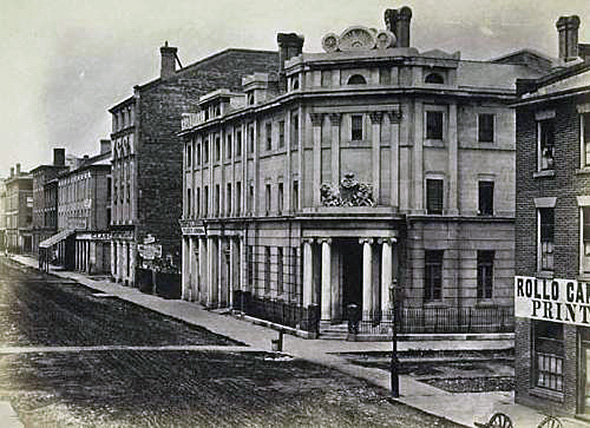When you think of Frankenstein's monster, do you see a mental picture of a green, hulking creature with a long forehead, and a bolt through its head? How about H.G. Wells’ Time Machine? Do you imagine the machine looking like a wooden, Victorian sled with an intricately designed disc on the back? If you do, you’ve probably been influenced by the movie adaptations of some of sci-fi’s early classics. The best of these films were just as iconic as the books they portrayed, and helped add to the cultural recognition of the stories.
Here are five of the very best film adaptations of 19th century sci-fi. This list is in chronological order of the production dates of the films.
1.Frankenstein (1931)-

This classic of cinema brought the vision of the green-skinned, long-faced monster into the public imagination- mostly due to the efforts of makeup director James P. Pierce. It was directed by James Whale, and starred Colin Clive as Frankenstein, and Boris Karloff as the monster. Though it may not have followed the plot laid out in Shelley’s novel, it captured the thematic heart of the story.
2. The Invisible Man (1933)-

This innovative film was also directed by James Whale. Based on H.G. Well’s 1897 thriller, it starred Claude Rains as the scientist whose creation drove him to insanity.... and invisibility.
3. War of the Worlds (1953)-

Not only was this quintessential alien invasion novel a success when H.G. Wells published it in 1898, and a sensation when Orson Welles sent it out on the airwaves, but it also made an impact on the world of cinema. Directed by Byron Haskin (surprisingly not named Wells), and starring Gene Barry, and Ann Robinson, it amazed movie viewers with its startling special effects, and sympathetic look at the human protagonists.
4. 20,000 Leagues Under the Sea (1954)-

Directed by Richard Fleischer, and starring Kirk Douglas, James Mason, and Paul Lukas, this classic Disney film brought Jules Verne’s undersea adventure to life in vibrant technicolor.
5. The Time Machine (1960)-

Directed by George Pal, and starring Rod Taylor (and a beautiful and iconic time machine model), this film updated the classic tale to play to the hopes and fears of the space age audience, all the while retaining H.G. Wells’s (yes, him again), inventive concepts of the future.
What classic sci-fi films have shaped the way you view the books they came from? What else should I have put on this list? I’d love to hear from you in the comments. Also, the next post on this blog will be my fiftieth, and I will post it on the year anniversary of Potassium With a Capital K. It’s going to deviate a bit from our sci-fi history series, but it should still be fun. I’m very excited. Thanks for reading!
Keep on glowing in the dark,
Elora





















